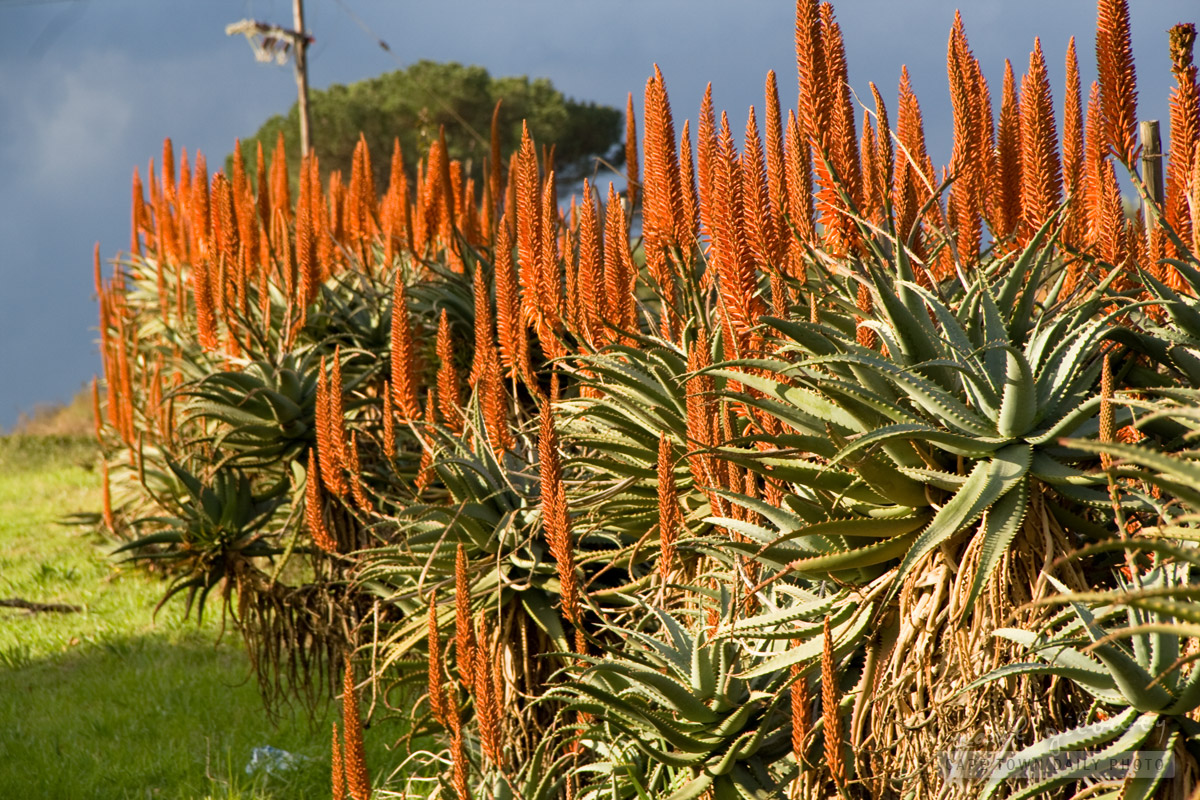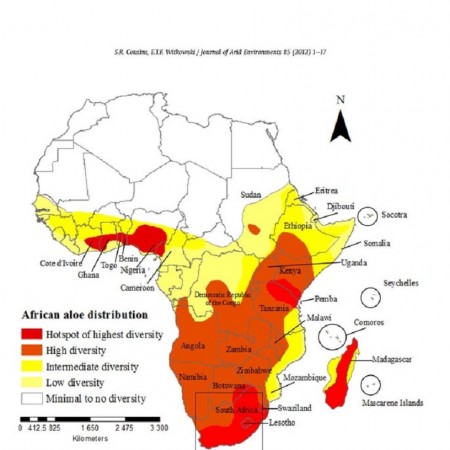(Picture = Aloe flowers)
Introduction
The majority of Aloe species are found in southern and eastern Africa, with a large number in Madagascar too. They are found in arid and semi-arid areas, typically savanna or rocky areas. They range in size from a few inches tall to tree-sized. Most are evergreen, but some are deciduous. Many are frost tender, but some are surprisingly hardy. Because they occur in so many environments over such a large area and come in so many sizes, there is much to learn about their collective biology.
The Details
Some estimates indicate there are over 500 species of Aloe. Though they are thought of as savanna plants, they may occur in dry forests and deserts from sea level to over 2500 m. Three main factors are thought to limit their distribution: fire tolerance, moisture, and temperature. However, the presence of pollinators and seed shape may also affect distribution.
Almost without exception, Aloes require full sun and tolerate drought. But, Aloe seedlings need protected positions to flourish and often benefit from nurse plants. Many Aloes (e.g., A. dichotoma, A. ramosissima, and A. personii) survive in areas where summer temperatures can reach 115°F or more. One species, A. polyphylla, grows at high elevations, over 5,000 ft, and it can withstand hard frosts.
Depending upon the species, Aloes may grow in alkaline soils, acid soils, rocky soils, loam, and even sand. Some species are cosmopolitan and can grow in many soils.
Aloes are important components of dry ecosystems, providing copious nectar for bird and insect species. Even elephants utilize Aloes as a source of food.
Additional Reading: African Aloe Ecology
Additional Reading: Aloe Ecology






